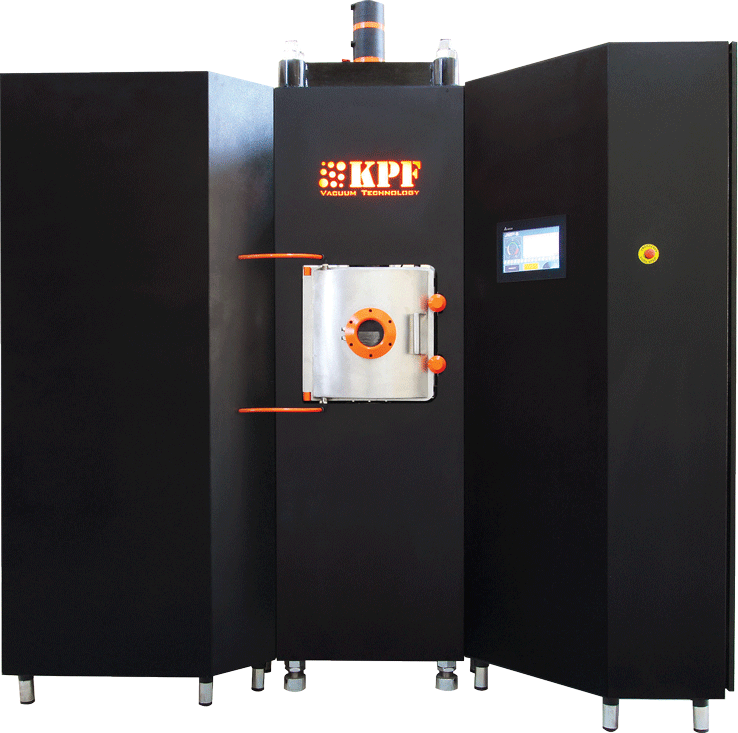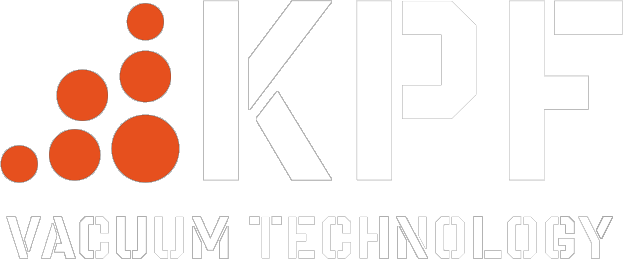PVD coatings are thin films that are applied to substrates such as molds and tools to improve desirable properties such as hardness, surface smoothness, coefficient of friction, abrasion resistance, corrosion resistance and high temperature oxidation resistance while preserving the properties of the substrate.
High stiffness, abrasion resistance and low friction coefficient provide Lubricating properties. PVD coatings also prevent adhesion-induced erosion that causes tool galling and failure.
Galling occurs when local damage to the workpiece occurs due to high friction between the surfaces involved. Excessive friction causes the surfaces of the parts to weld to each other and peel them off in subsequent movements.
CrN coating:
It is a type of PVD coating that causes very high abrasion and corrosion resistance as well as lubrication properties. In this type of coating, due to the presence of very low residual stresses, the adhesion and ductility of the coating is much higher than other PVD coatings. CrN coating is especially recommended when the steel substrate is stainless steel due to the galling phenomenon.
CrN is widely used to coating auto parts, molds, pump parts, etc.
General characteristics of CrN PVD coatings:
Color: silver
Coating thickness: 1-4 micron
Hardness: 2000-2500 HV
Coating temperature: 750 C
Maximum Use temperature: 1300 C
TiN coating:
TiN coating is the most suitable type of PVD coating for cutting tools.
This ceramic compound is best known for its high hardness, good adhesion to the substrate (especially steel) and good chemical stability.
TiN can be applied in various thicknesses (from a few nanometers to a maximum of 5 micrometers) as decorative and industrial PVD coatings on the substrate. It is also widely used to coating medical equipment due to its non-toxic nature
General characteristics of TiN PVD coatings:
Color: gold
Coating thickness: 1-7 micron
Hardness: 1800-2100 HV
Coating temperature: (448-598) C
Maximum Use temperature: 500 C
TiCN coating:
By adding carbon to the TiN coating, the hardness increases by 80%, which increases the life of cutting tools, injection molds, punches, etc. by 2-3 times. That is why TiCN and AlTiN coatings are superior to TiN coatings.
The PVD coating is rose gold in color, which is clearly smoother and less rough than TiN. This property makes the material more resistant to abrasion. It also has a lower coefficient of friction; but it has less resistance to oxidation. TiCN is mostly used to coating cutting and milling tools.
General characteristics of TiCN PVD coatings:
Color: rose gold
Coating thickness: 1-4 micron
Hardness: 4200-4600 HV
Coating temperature: 425 C
Maximum Use temperature: 800 C
ZrN coating:
A PVD coating with high abrasion resistance, corrosion resistance and biocompatibility. Its excellent tribological properties and bright and attractive golden color have made it very popular for decorative coatings.
General characteristics of ZrN PVD coatings:
Color: light gold
Coating thickness: 1-4 micron
Hardness: 2800-3100 HV
ZrCN coating:
This PVD coating, like ZrN coating, has very high wear resistance, corrosion and hardness. In contrast to the light golden color of ZrN coating, the brown color of ZrCN coating indicates higher abrasion strength, which is much needed in some applications, such as machining aluminum alloys containing silicon.
General characteristics of ZrCN PVD coatings:
Color Golden brown
Coating thickness: 1-4 micron
Hardness: 3100-3400 HV

